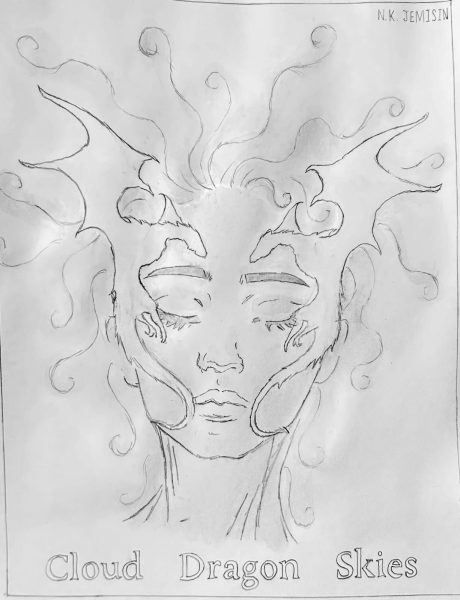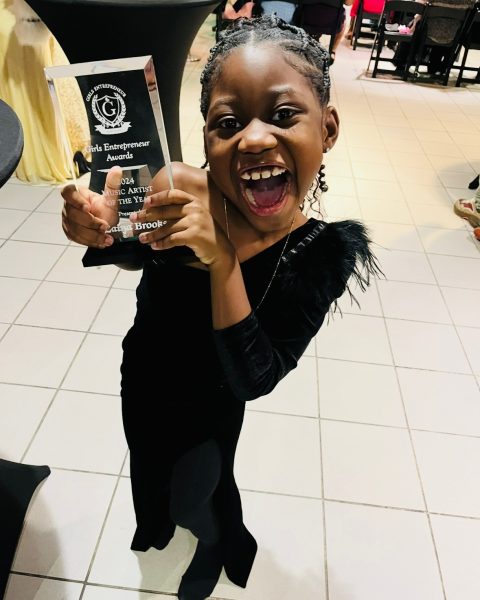The Great Spodie Divide
Taking a hard look at Garfield’s social scene.
It’s Friday, and school just got out. You’re a Garfield High School student. You meet up with your friends in the courtyard. You agree on splitting an Uber, and you all pile into a blue Toyota Camry bound for Seward Park. Once dropped off at your destination, you hurry to the Seward Park Amphitheater. The senior class has provided a keg (as is tradition). You’re eager to get a cup before the alcohol runs out. You see your friends, and you run over them to them, careful not to spill your beer. They’re sharing a blunt and laughing at the kid that already had too much to drink, and is violently vomiting into the bushes next to you. Someone brought vodka, and they offer you a pull. Now that you’ve got a good buzz going, you’re ready to socialize. You mingle in the crowd of purple-clad teenagers, trying to ignore the 45-degree weather. Things are dull, until, suddenly, you hear yelling from below the stage of the amphitheater. You see two skinny white boys trying their best to pummel each other’s faces in, and you think to yourself, “Ah yes, another good Garfield spodie.”
This is the reality of the social scene for many Garfield students. For those who don’t know, spodies are alcohol-fueled gatherings in public areas of the city — most commonly parks. Generally, spodies have a keg, or a concoction of alcohol and fruity juice (a drink known as “spodie” or “jungle juice”). The alcohol is provided by the seniors.
This may sound fun and exciting to a certain group of readers, but, believe it or not, not everyone finds joy at spodies. Many students feel that the social scene is uncomfortable and dangerous, but they have nowhere else to turn. Others feel that the spodie culture is exclusive.
“It is specific friend groups,” said one senior I interviewed. “It does not include every member of the community that is Garfield.”
Garfield Principal Ted Howard, a longtime critic of Garfield’s drinking culture, agrees with this assessment.
“Drinking and drugs is an access issue,” Howard said. “Who has that access?”
Traditionally, spodies are planned by wealthier, white students. The population who attends usually represents that demographic. However, it is not just a socioeconomic divide. A social scene based around alcohol and drug use alienates those who feel uncomfortable around drugs and alcohol.
“I think the social scene is too focused around [drinking culture],” said another senior. “It creates a divide between those who drink and those that don’t.”
The idea of “tradition” permeates every aspect of Garfield’s culture. In sports, we have a tradition of winning. In academics, we have a tradition of excellence in the classroom. Our social scene, infamously, holds the traditions of spodies, froshing, and binge drinking. These “traditions” have been handed down from senior class to underclassmen. As at all high schools, underclassmen look to the seniors to lead. At Garfield, however, “leading” seems to translate to the planning of spodies and other alcohol-centric events.
“It is something that freshmen and sophomores feel they should be going to, and that absolutely breaks down to the perpetuation of the culture by the senior class,” said a senior who helps plan many of Garfield’s spodies.
While some seniors view spodies as an outlet to blow off steam and enjoy oneself at the end of the week, others view them as a way to continue on the legacy and tradition of previous senior classes.
“[Seniors before us] wanted us to extend this tradition of Garfield that they thought was important,” said another senior I spoke to.
Clearly, that legacy has continued. As time has passed, though, some traditions have gone by the wayside. Froshing and hazing has decreased in general, and certainly in severity; more students are realizing the negative impacts and poor choices that a hazing culture promotes.
Garfield wasn’t always this way. Tradition used to center around channeling school spirit into out-of-school activities such as sports games and dances. Ted Howard views this as a major loss to the school.
“Over a period of time the seniors really brought the school together,” Howard said. “The classes left a legacy. I don’t see that happening anymore.”
Many students wish to help bring back that unity, but are unsure where to turn. The class of 2020 is grappling with that question right now. A recent survey revealed that 64% of Garfield students said they would be more likely to go to a party or spodie than a Garfield sports game on a Friday night. The new Dawg Pound club is trying to remedy this issue by encouraging more attendance at sports games, but even still, the culture is slow to shift.
Garfield High School lacks sober events that people want to participate in. While ASB tries their best, they seem to fail to attract large numbers of students. Only 6% of respondents to a recent poll said they had attended the homecoming dance. Compare that with the 48% of students that said they attended the homecoming spodie. It isn’t just this year’s homecoming events that didn’t draw a large population. 51% of students have attended 0 ASB-endorsed events in the past year, and over 92% have attended less than 2. The reason?
“Kids are going to want to be out of adults’ eyes, that’s just going to happen,” said a Garfield student. “There need to be student-led organizations. As valuable as they can be in school, when ASB puts their mark on something, it’s still being staff-led.”
Others believe that the problem lies in ASB’s planning and execution. While it could be said ASB does not do everything in their power to make events accessible or inviting, that does not mean they are responsible for the under-attendance.
“ASB should be in charge of planning events, but it falls on the people [who plan drinking events] to realize that they’re being exclusive and unsupportive of ASB,” said a Garfield senior, “ASB can’t force people to attend.”
To help change and improve the social scene, it will take work from every group and person at GHS that considers themselves to be a leader. The Class of 2020 has the chance to start instilling a culture of support of sports, attendance of ASB events, and expression of school spirit outside of spodies. ASB has a chance to change policies regarding ticket purchases, increase student voice, and attract more students to its events. And we all have the chance to help. We can all make the effort to promote and attend dances, games, and any other opportunity to represent Garfield. Mr. Howard seems to agree.
“Garfield has fallen off and stopped being the lead dog,” Howard said. “I want us to lead. We are the leaders. We see what is happening. I need student voice. This is why GHS is GHS. That is what is missing.”





